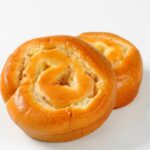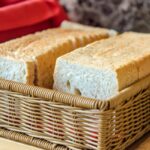If you’re looking for a fresh bread roll recipe for dinner without worrying about kneading, then we have the best recipe for you. With these bread rolls, you’ll have a light and fluffy texture, with everyone surprised by the absence of kneading.
In this article, we’ll take you through why this recipe is the best recipe you should use, what you need, and how to make your bread rolls.
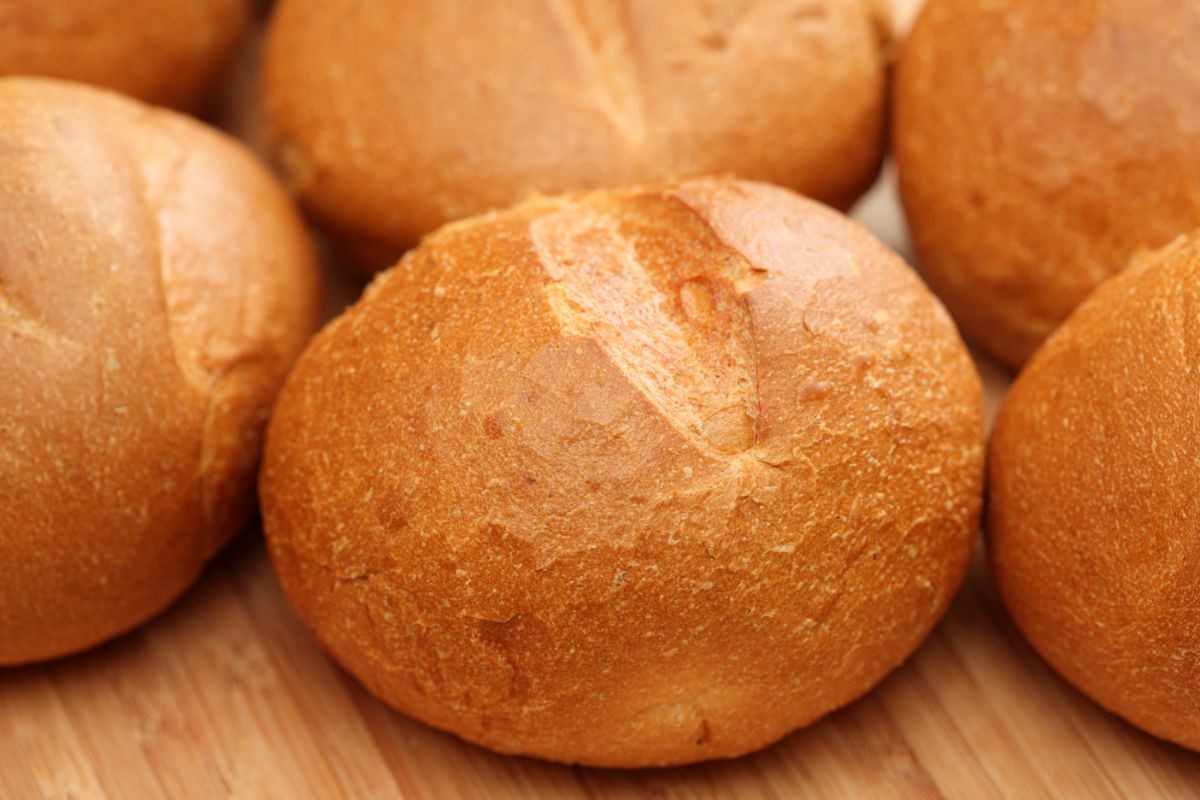
We love no-knead bread rolls recipes, so we hope you understand why we love them so much by the end of this article. But first, what makes this the best no-knead bread rolls recipe?
Why Is This The Best No Knead Bread Rolls Recipe?
This is one of the best recipes because you don’t need any fancy ingredients to make this recipe. All you need are the ingredients we mention below.
You don’t need to knead them either, nor are they difficult to make. You don’t need a stand mixer or any other special equipment, you just need your bare hands.
You don’t need to worry about spending much time making the dough, either. You can expect to take less than three minutes to prepare this delicious recipe.
We love the buttery flavor of these rolls, and they look amazing with their golden brown shine on these soft rolls.
Best of all, you can adjust the ingredients you use. If you don’t want to use water, you can replace it with milk. If you want a dairy-free recipe, you can stick to the original, and replace your butter with a dairy-free version.
You don’t even have to use eggs if you don’t want to. This is one of your best options if you want a versatile recipe.
What Makes No Knead Bread Different?
No knead bread may take a little longer to make, but it will still have the best results. Instead of kneading the dough, you allow your dough to rest for an extended period. But how does it work?
When your wet dough rests overnight, the enzymes weaken the protein bonds. Even the carbon dioxide bubbles inside the dough moving and stretching around will form a gluten network.
Surprisingly, all you need to do is degas it, and it will be ready to bake.
You’ll find less yeast in no-knead bread, a method that has continued to be used since the 1700s. We’ve noticed that the main ingredient for no-knead bread is time, as it helps develop the strength and flavor of your bread.
It’s the lack of kneading that gives it its flavor. However, there is one downside to this recipe. You need to ensure that you pay attention to how long you leave your dough to ferment, or it will affect your flavor and crumb structure.
To maximize your time, we recommend making no-knead bread rolls. While you might not enjoy them if you prefer active baking, this is the ideal recipe for you if you’re a more passive baker.
What Equipment Do You Need?
As we mentioned, you don’t need any special equipment to make this recipe. However, you should still prepare the items you do need. Ensure you already have the following:
- A Mixing Bowl
- A Wooden Spoon
- A Pastry Brush
- A Baking Tray
- Parchment Paper
- A Pizza Cutter
- A Rolling Pin
- Plastic Film
You’ll need a pastry brush for your egg wash, and you should prepare your baking tray in advance. Line your baking tray with parchment paper, and grease it with butter to ensure your rolls don’t stick to the bottom.
We recommend using a pizza cutter to separate your dough into twelve pieces, and you’ll need plastic film to proof your bread.
What Do You Need To Make These Bread Rolls?
To make the usual recipe, you’ll need a few staple ingredients. Here are the ingredients we recommend you use for this recipe:
- Two ¾ Cups of Flour
- 1 Cup of Warm Water (Or 1 Cup of Milk if Using Milk)
- 1 Teaspoon of Instant Yeast/1 ¼ Teaspoons of Active Dry Yeast
- 1 Teaspoon of Salt
- 3 Tablespoons of Butter
- 2 ½ Tablespoons of Sugar or According to Taste
- 1 Egg for Egg Wash
For alternative measurements, we recommend the following:
- 375 g of Flour
- 210 ml of Warm Water
- 5.9 g of Salt
- 42.6 g of Butter
- 32 g of Sugar
The measurement for instant yeast will stay the same for both, so you would still measure that with teaspoons.
While this recipe doesn’t usually have eggs, you can add one egg by replacing the volume of water with the volume of an egg. So, if you wanted to add egg to the recipe, you would remove 45 ml of warm water.
We recommend instead of using 210 ml of water; you use 165 ml of water instead.
If you would like to use milk in your recipe, you can use 210 ml of milk instead of warm water.
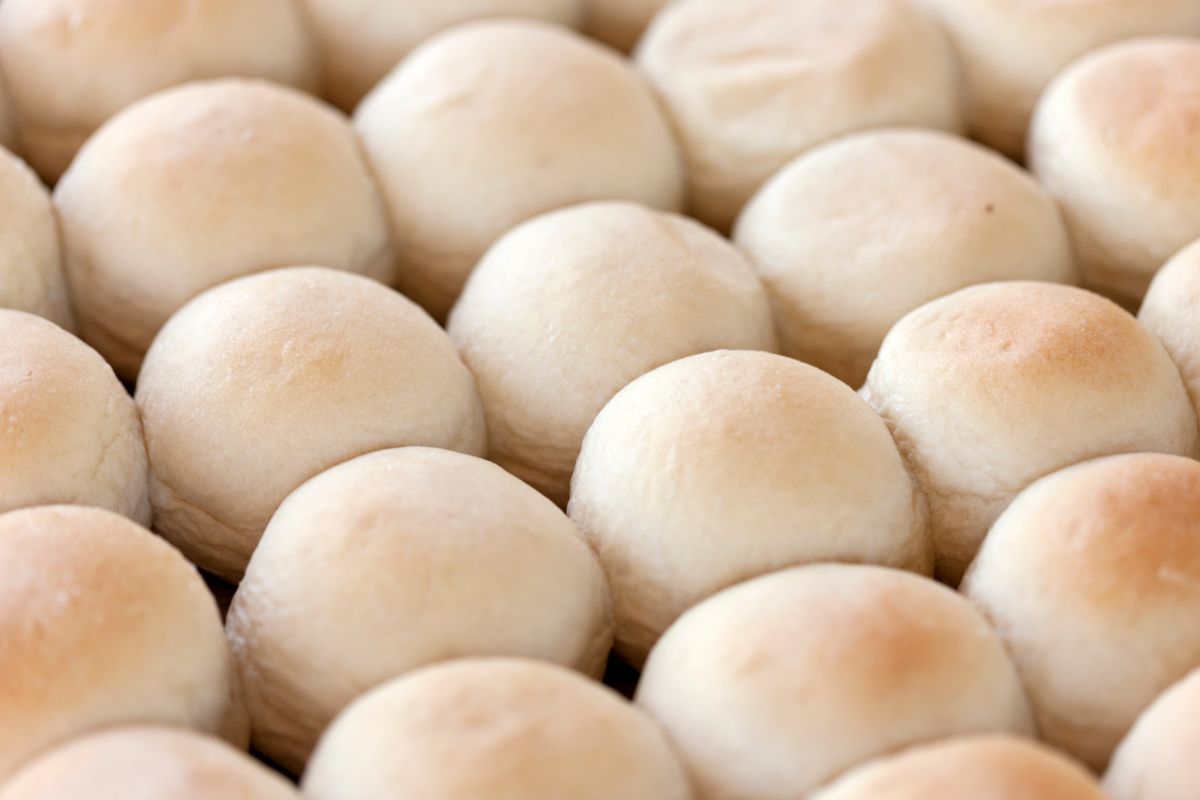
No Knead Bread Rolls — A Step-by-Step Guide
Making these no-knead bread rolls isn’t complicated, which makes it a brilliant recipe for special occasions. Here is a step-by-step guide to help you master this recipe.
Step 1
Add warm water, sugar, salt, and yeast to your mixing bowl. Stir these ingredients until they dissolve in warm water. If you’re using egg in your recipe, you should add your egg during this step.
Likewise, if you’re using milk, replace your warm water with milk.
Step 2
Add your melted butter and flour to your mixture. Stir and combine them until you’re sure there aren’t any dry patches in your bowl.
Suppose you measure with volume instead of weight. In that case, the texture may be slightly different, so keep stirring until there aren’t any dry patches.
Step 3
It’s time for your first proofing. Wrap your bowl with some plastic film, and leave your dough to stand for an hour. Leave it in a warm environment, and you’ll know it’s almost double the size it was when you left it.
However, remember that this step will depend on the room temperature you leave it in. It may take longer if you leave it in a room with a colder temperature.
Keep checking on it until it doubles in size. It may take you an extra half an hour to reach the size you want it to be.
Step 4
Now that you’ve proofed your dough, you must degas it. You can do this by folding the dough from the edges and moving it toward the center.
Once it’s folded, move your dough to rest on a lightly floured surface. You should also begin preheating your oven at this point so that it warms up to 350°F and ready for baking.
Step 5
Once it’s on a floured surface, you should slap and fold your dough until it’s smooth. Roll and form it so that it becomes rectangular, with an eighth of thickness.
The best way to do this is by rolling your dough so you measure it at 18 x 11 inches. All you need to do now is mark it so that it is in twelve equal pieces.
Step 6
When you mark your dough into twelve sections, you should separate them and roll them into small pieces. Place each piece onto a baking tray you prepared by greasing it with butter and lining it with parchment paper.
Step 7
Before you put your dough in the oven, you should let your dough sit and rise at a warm temperature for an hour. Prepare your egg wash by lightly beating your egg, and coat your rolls in an egg wash beforehand.
Step 8
Put your bread in a preheated oven with a temperature of 350°F and leave them in there for 22 to 25 minutes.
Even though they will begin to brown at 18 minutes, that doesn’t mean they’re done, as they will still have a doughy texture and a yeast-like smell.
Step 9
Take your bread rolls out of the oven and de-mold them so they don’t dampen. Put butter on the top of your rolls if you want a softer crust. Try your bread rolls, and you will find they have a thin, soft crust and a soft and fluffy texture.
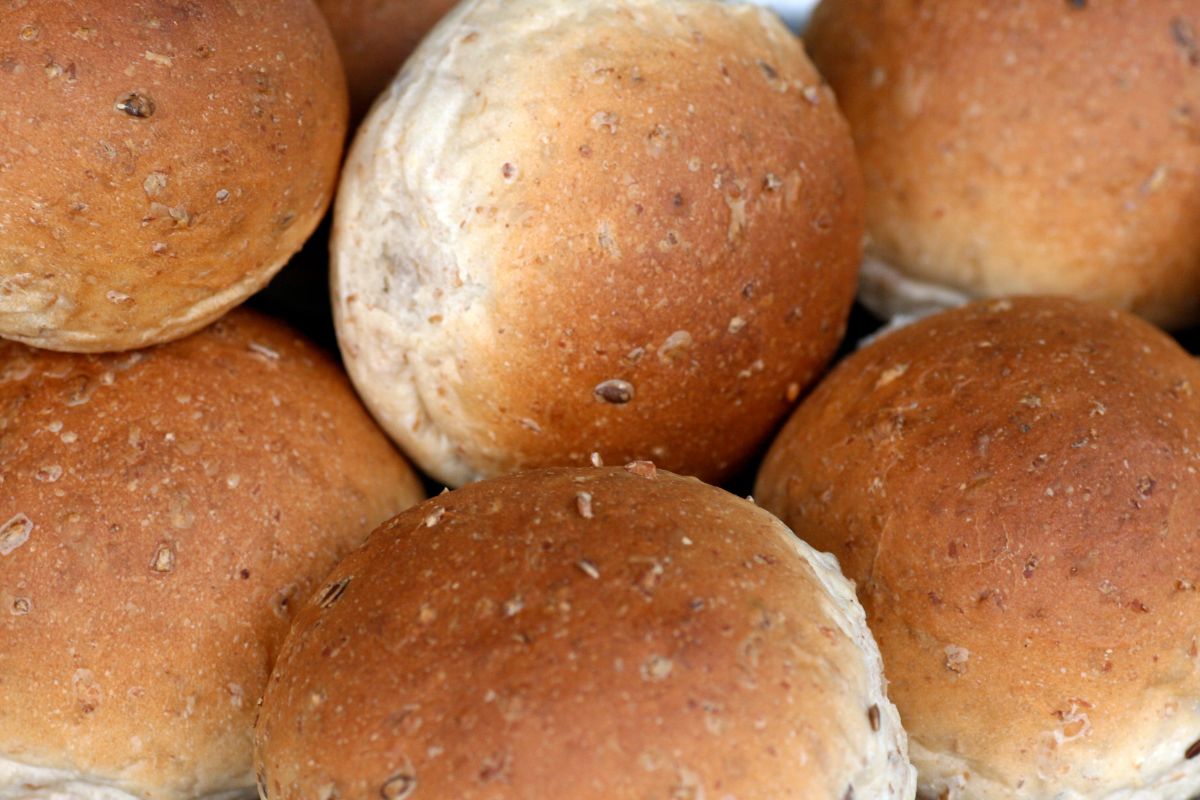
How To Store Your Bread Rolls
When your rolls are cool, you might want to store them away. There are a few ways you can store them so they remain fresh for a few days.
Ideally, we recommend putting them in a plastic storage bag or foil to keep them out at room temperature.
Ideally, if you store them correctly, they should last for roughly three or four days. However, we don’t recommend this method if you live in a humid area. Instead, you should freeze them to ensure they last for longer.
To freeze your rolls, put them in a freezer bag, or wrap them in aluminum foil. Plastic freezer wrap is also acceptable. You should leave them in the freezer for three months to ensure they remain at their best quality.
How To Reheat Your Bread Rolls
You can quickly reheat your bread rolls when you take them out of your freezer or want to warm them up.
You only need to spray or brush them with water and put them in a 350°F preheated oven for five minutes. They’ll remain soft and fresh, so you won’t have to worry about anything else.
What Can You Serve With These Bread Rolls?
These bread rolls are a perfect addition to any meal, especially if you’re hosting a gathering for a group of people.
Whether you want to serve starters for a multi-course meal or if you would like a specific side, these bread rolls are perfect for everyone.
Depending on the recipe, you can change the type of butter to make a dairy-free version, as the original recipe doesn’t use any milk.
We recommend serving these bread rolls with soup, as they have a light texture that will absorb the moisture in a soup and soak up the flavors (for more delicious soup sides, read here). You can also add some honey, olive oil, and fresh herbs to give them a little extra kick of flavor.
You’ll also find bread rolls a perfect addition to any stews and casseroles you make or even your curry recipe. However, if you want a healthier option for starters, you should also consider combining them with hummus and salad.
If you have guests who aren’t big fans of salad, they still have an excellent option to fill up on bread.
We suggest trying these bread rolls with various recipes to find a great combination to suit your tastes. As these rolls have a sweet, fluffy texture and are easy to make, you can easily keep them ready for any occasion.
Final Thoughts
No-knead bread rolls are the best way to enjoy dinner rolls, especially as you can work around your bread rolls to work on other ingredients for your meal.
They’re also better than buying your own rolls as they might not have the same level of flavor that you can get by baking your own bread at home.
If you want to make your bread while working with different ingredients for a meal, the no-knead method can give you more time to focus on other ingredients.
As you need to leave the dough to proof, you can make your bread without using too much room.
Frequently Asked Questions
If your dough isn’t rising, it may be because your yeast isn’t fresh. You should always keep an eye on the expiration date. Even if your yeast is still in date, if you’ve already opened it, you should keep it tightly sealed and stored in a freezer.
After all, once it’s opened, yeast has a short shelf life.
If you don’t want to use egg wash, you can also brush your rolls with butter before, during, or after you start baking. While it will not be as brown as an egg wash, it will still brown your dinner rolls and offer more flavor.
- How To Reheat A Cheesesteak - November 5, 2023
- What Are Three Must Have Kitchen Knives? - September 22, 2023
- How To Protect Edges Of Pie Crust - June 15, 2023





